-
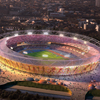
The Olympic and Paralympic Games are a global celebration of excellence, determination and effort. Much of the media coverage, though, tends to focus on each country's tally of gold medals. This article by Rob Eastaway and John Haigh explores some of the mathematical questions raised by Olympic success. How well did Britain really do in 2008 in Beijing, with nineteen golds? Are some gold medals worth more than others? And are there even some sports the Olympics should drop?
-
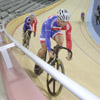
This article explores the Velodrome, the first of the London 2012 venues to be completed. With its sweeping curved roof and beautiful cedar clad exterior the Velodrome is a stunning building. But what most of the athletes are excited about is the elegant wooden cycle track enclosed inside. How does its geometry contribute to speed?
-
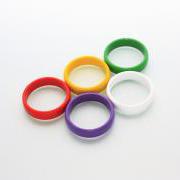
How would you write a LOGO program to approximately reproduce the Olympic Rings logo? This activity is designed to be accessible to students at all levels of secondary maths (Key Stages 3, 4 and 5).
-
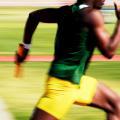
This activity investigates the importance of accurate measurement in competitive sport, looking at examples from athletics and swimming. It is aimed at secondary maths students (Key Stage 4).
-
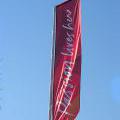
Travel, money, meeting new people, living in new cultures, and a whole lot of sport — that's where maths has taken Jamie Clarke, an IT project manager who specialises in international sport projects such as the 2006 Winter Olympics in Torino. In this interview, originally published on our Plus website, Jamie tells how he went from engineering to the Olympics.

